Exploring the Benefits of Ceiling LED Lights: Transform Your Space Efficiently!
In recent years, the adoption of Ceiling LED Lights has surged, transforming the landscape of modern lighting solutions. According to a report by the U.S. Department of Energy, LED lighting has the potential to save the United States approximately $250 billion in energy costs over the next 20 years if widely adopted. Not only do these lights consume up to 75% less energy than traditional incandescent bulbs, but they also boast a lifespan that can exceed 25,000 hours, significantly reducing the frequency of replacements.
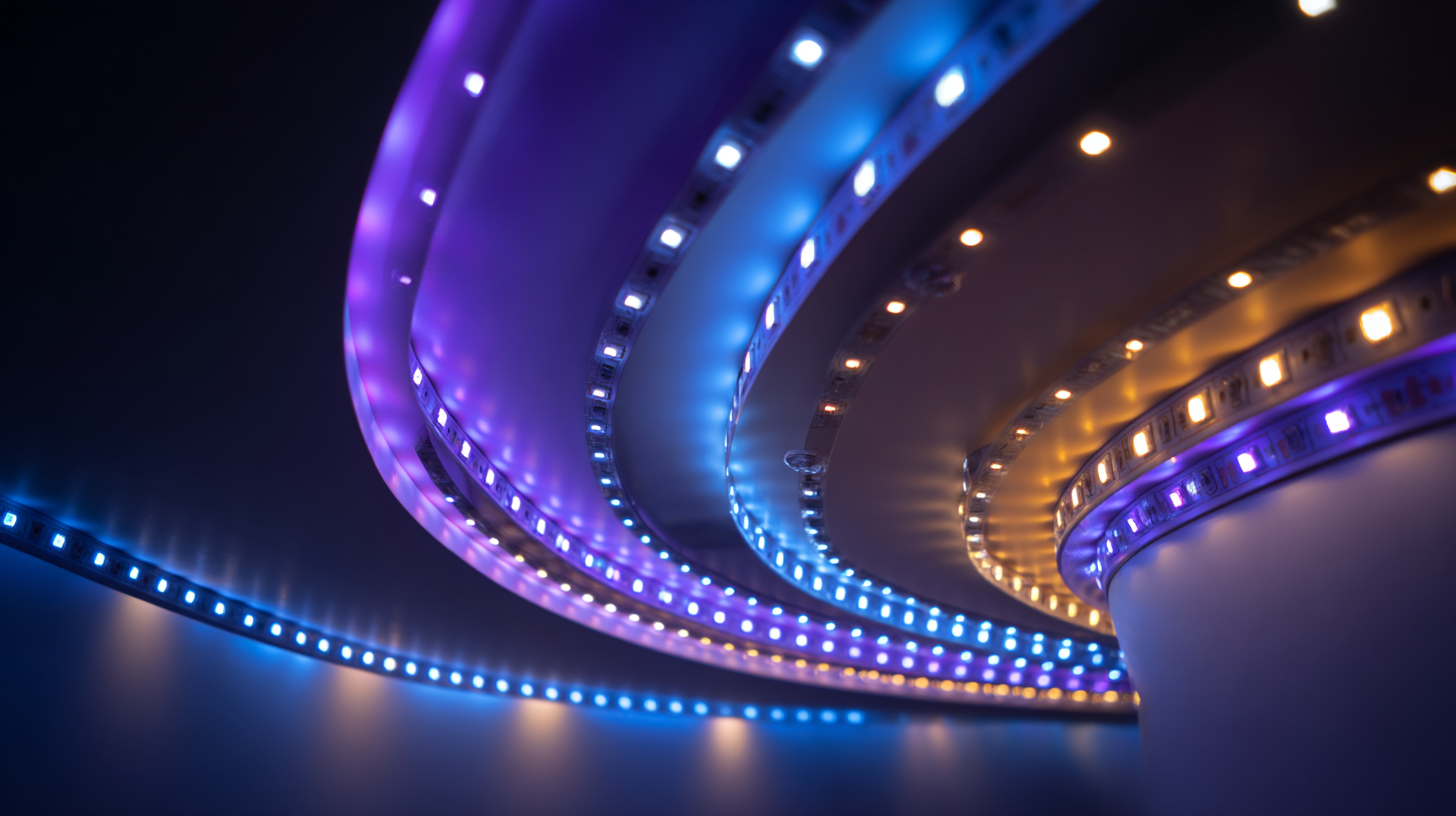
This efficiency translates to lower electricity bills and a decreased environmental footprint, making Ceiling LED Lights an ideal choice for both residential and commercial spaces. As consumers become increasingly aware of sustainability and operational costs, the shift towards LED technology signifies a pivotal change in how we illuminate our surroundings, enhancing aesthetics while promoting energy efficiency.
Understanding the Energy Efficiency of Ceiling LED Lights
As we seek to make our homes more energy-efficient, ceiling LED lights stand out as a prime option. Unlike traditional lighting, LED technology is designed to consume significantly less power while providing the same, if not better, illumination. This shift towards energy-efficient lighting not only helps reduce electricity bills but also lessens our environmental impact, making it a win-win for households looking to be more sustainable.
Moreover, the integration of ceiling LED lights in both modern and historical settings illustrates their versatility. Recent studies show that non-invasive lighting solutions can enhance energy efficiency in buildings, preserving both aesthetics and functionality. With the adoption of new light bulb standards that demand higher lumens per watt, transitioning to LED lighting becomes a savvy choice for anyone looking to prepare their home for energy efficiency as winter approaches. By embracing ceiling LED lights, homeowners can transform their spaces while actively contributing to energy conservation efforts.
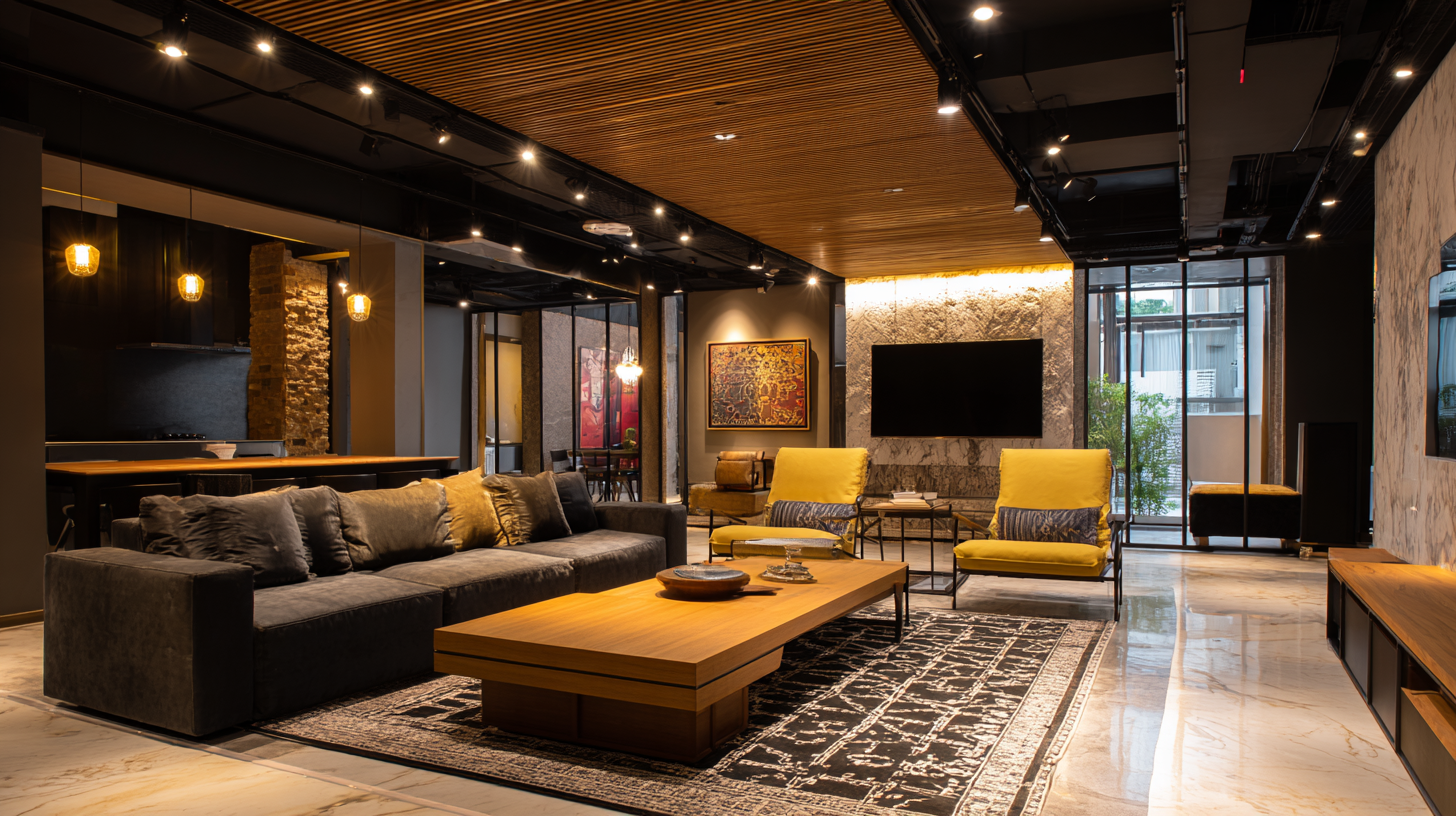
Enhancing Ambiance: The Aesthetic Benefits of LED Lighting
LED lighting has revolutionized the way we design and illuminate our spaces, providing not only energy efficiency but also significant aesthetic enhancements. According to a report by the U.S. Department of Energy, LED lights consume up to 75% less energy compared to traditional incandescent bulbs, allowing for creative lighting solutions without the worry of soaring energy bills. This efficiency means that homeowners and businesses can invest more in the design and layout of their spaces, using a wider range of colors and styles offered by LED technology to create a pleasing ambiance.
The aesthetic benefits of ceiling LED lights extend beyond mere functionality. The versatility of LED fixtures enables them to harmonize with various interior styles, from modern minimalism to classic elegance. A study from the American Lighting Association revealed that well-illuminated spaces can significantly enhance mood and productivity. For instance, warmer color temperatures are known to create a cozy and inviting atmosphere, while cooler tones can promote focus and alertness, making LED lights an essential tool for both residential and commercial environments. By choosing ceiling LED lights, designers and homeowners can transform their spaces into visually appealing areas that cater to both style and efficiency.
Cost Savings Over Time: Comparing LED to Traditional Lighting
When considering lighting for your home or office, the cost savings associated with LED technology cannot be overlooked. Compared to traditional incandescent or fluorescent lights, LED ceiling lights consume significantly less energy—up to 80% less in some cases. This remarkable efficiency translates to lower utility bills, making LED options a wise investment for anyone looking to reduce ongoing expenses over time.
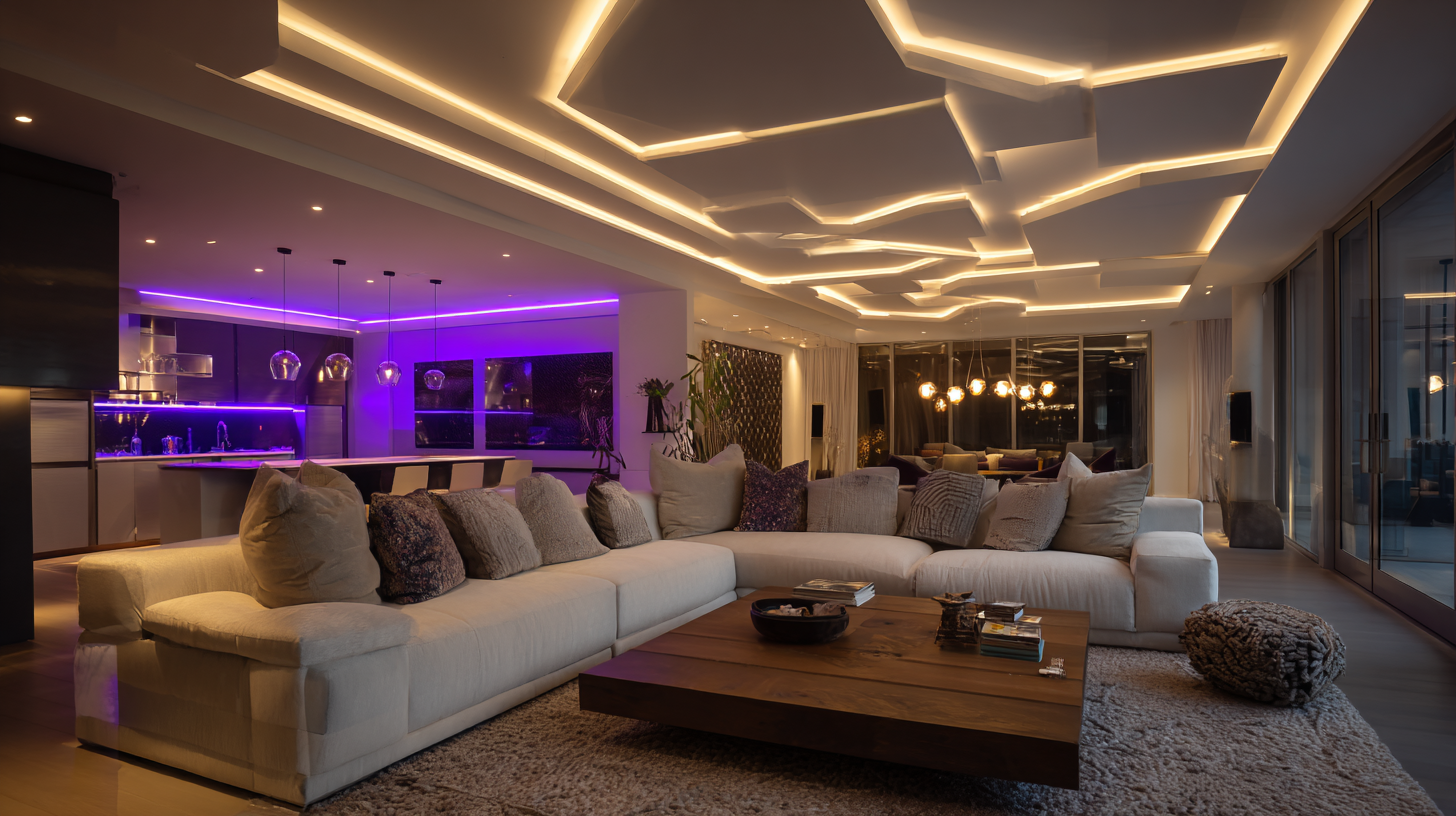
Additionally, the lifespan of LED lights exceeds that of traditional bulbs by a substantial margin. While incandescent bulbs typically last around 1,000 hours, LED options can function for 15,000 hours or more. This longevity means fewer replacements and less waste, further contributing to savings and environmental benefits. Overall, the initial higher cost of LED lights is often quickly offset by the cumulative savings in energy and maintenance. Making the switch to LED ceiling lights not only enhances the aesthetics of your space but also delivers significant economic advantages.
Installation Tips for Optimal LED Ceiling Light Performance
When installing LED ceiling lights, it's essential to begin with a thorough planning phase. Assess the space where you intend to install the lights by considering the room's size, layout, and purpose. This information will guide you in choosing the right type of LED fixtures—whether you opt for recessed lights, flush mounts, or pendant lights. Additionally, having a clear understanding of the lighting needs will help in deciding the appropriate lumen output, ensuring that the area is illuminated effectively.
Once you have selected the lighting fixtures, it's important to focus on the installation process for optimal performance. Always turn off the power supply before starting any electrical work. Follow the manufacturer's instructions closely, as they provide specific guidance on mounting and wiring the fixtures. For areas with higher ceilings, consider using extension poles to make the installation safer and more manageable.
Finally, testing the lights after installation is crucial. This not only ensures that everything is functioning correctly but also allows you to make adjustments to the positioning if needed, maximizing both light coverage and aesthetic appeal.
Choosing the Right Ceiling LED Lights for Your Space
When it comes to enhancing your living or working space, choosing the right ceiling LED lights is crucial. Firstly, consider the purpose of the space. For example, in a home office, opt for brighter, cool-toned lights that improve concentration and productivity. In contrast, warm-toned lights create a cozy atmosphere for living rooms or bedrooms, promoting relaxation. Assessing the size of the room is also essential; larger spaces may benefit from multiple light fixtures or dimmable options to create layered lighting effects.
Additionally, energy efficiency is a key factor in your decision-making process. Look for LED lights with a high lumen output per watt, ensuring you get the most illumination for energy consumed. Moreover, pay attention to the color rendering index (CRI) of the bulbs; a CRI above 90 will accurately reflect colors, enhancing the overall ambiance of your space. Consider any unique architectural features or decor styles, as selecting fixtures that complement these aspects will contribute significantly to the aesthetic appeal while maximizing functionality.
Related Posts
-
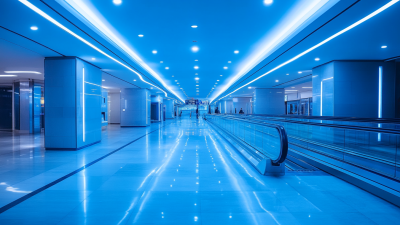
Finding the Right Supplier for Ceiling LED Lights Essential Considerations and Steps
-

Ceiling Led Lights Market Forecast and Trends for 2025
-

Unlocking the Benefits of Path Lighting: Essential Tips for Global Buyers
-
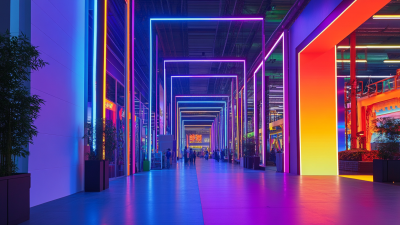
Maximizing Industrial Lighting Opportunities at the Record Breaking 137th Canton Fair
-
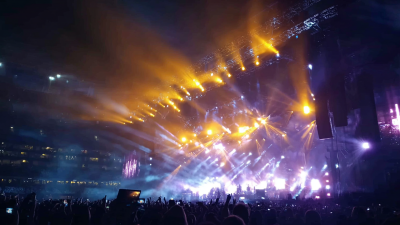
Ultimate Guide to Choosing the Best Led Stage Light for Your Event
-

Exploring the Unique Features and Applications of the Best Led Lighting Solutions
